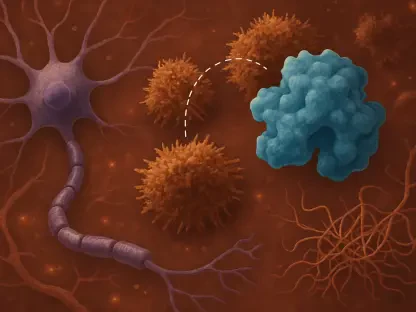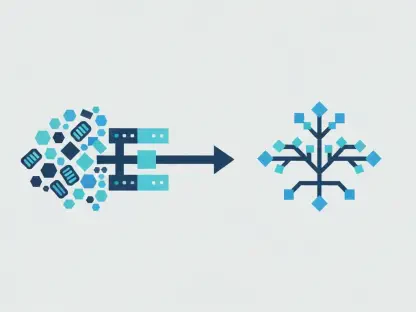In the realm of rare diseases, Behçet’s Disease stands out as a particularly challenging condition, marked by painful recurrent oral and skin ulcers that severely impact quality of life, leaving patients with limited treatment options for years. Often, they grapple with therapies that offer only partial relief or come with significant side effects. However, a recent announcement from Soligenix, Inc., a late-stage biopharmaceutical company, has sparked hope within the medical community. Their drug, SGX945 (dusquetide), has shown promising results in a Phase 2a clinical trial, potentially offering a new avenue for managing this debilitating orphan disease. This development could address long-standing unmet medical needs, bringing attention to a condition that affects a small but suffering population. As research progresses, the implications of this trial’s outcomes are generating discussions about the future of treatment strategies for Behçet’s Disease.
Breaking New Ground in Rare Disease Therapy
Unveiling Promising Trial Results
The Phase 2a study conducted by Soligenix for SGX945 represents a significant step forward in tackling Behçet’s Disease, a condition with few effective interventions. Designed as an open-label trial, the study mirrored the structure of a prior Phase 3 trial for apremilast, an approved drug for oral ulcers associated with this disease. Over a four-week treatment period, SGX945 demonstrated outcomes that rivaled apremilast in key metrics such as the area under the curve for oral ulcer count, duration, and average number of ulcers. Remarkably, even after treatment ceased at the four-week mark, patients continued to show sustained improvements through the following four weeks. This persistence of benefit, comparable to apremilast despite its longer treatment duration, suggests that SGX945 may offer a potent short-term impact. Such findings are critical for a disease where rapid relief from painful symptoms is a top priority for affected individuals seeking better daily functioning.
Measuring Efficacy Against Established Standards
Delving deeper into the trial data, the primary endpoint of the study focused on the area under the curve for the mean number of oral ulcers over time, revealing a 40% improvement with SGX945 compared to the placebo group from the apremilast study. This figure slightly edges out apremilast’s 37% improvement over placebo at the same four-week point. Furthermore, the benefit held steady post-treatment, with a 32% improvement at eight weeks for SGX945, closely trailing apremilast’s 41% at the same stage. Beyond mere numbers, patient-reported outcomes added weight to these results, with a majority expressing notable reductions in both the frequency and duration of oral ulcers, alongside decreased pain levels. One striking case even highlighted the resolution of a persistent skin ulcer during the treatment phase, a symptom notoriously resistant to therapy. These combined insights paint a picture of a drug with substantial potential to alter the treatment landscape for this challenging condition.
Safety and Future Potential of SGX945
A Favorable Safety Profile
One of the standout aspects of SGX945 in the Phase 2a trial is its impressive safety profile, setting it apart from existing options like apremilast, which often brings a host of side effects. During the study, no treatment-related adverse events were reported among participants receiving SGX945, a stark contrast to the common issues of diarrhea, nausea, and headaches seen in a significant portion of apremilast users. This clean safety record is a crucial factor for patients with Behçet’s Disease, many of whom already endure considerable discomfort from their symptoms. A treatment that minimizes additional burdens could vastly improve adherence and overall satisfaction with therapy. As safety remains a cornerstone of drug development, these findings bolster confidence in SGX945 as a viable alternative that prioritizes patient well-being alongside efficacy, potentially reshaping how this disease is managed in clinical settings.
Looking Ahead to Further Development
Reflecting on the trial’s outcomes, the path forward for SGX945 appears promising yet demands further exploration to solidify its place in treatment protocols. The sustained benefits observed even after stopping the drug hint at a unique mechanism that could offer lasting relief, though long-term effects remain understudied at this stage. Future clinical phases will need to build on these initial results, focusing on larger cohorts and extended durations to fully understand the drug’s impact. Additionally, the resolution of skin ulcers in isolated cases opens intriguing questions about broader applications for other symptoms of Behçet’s Disease. As research advances from this point, stakeholders in the medical field anticipate that subsequent trials will refine dosing strategies and confirm these early successes. The journey of SGX945 underscores a pivotal moment, urging a closer look at innovative solutions that could finally bridge the gap in care for those affected by this rare and complex condition.









